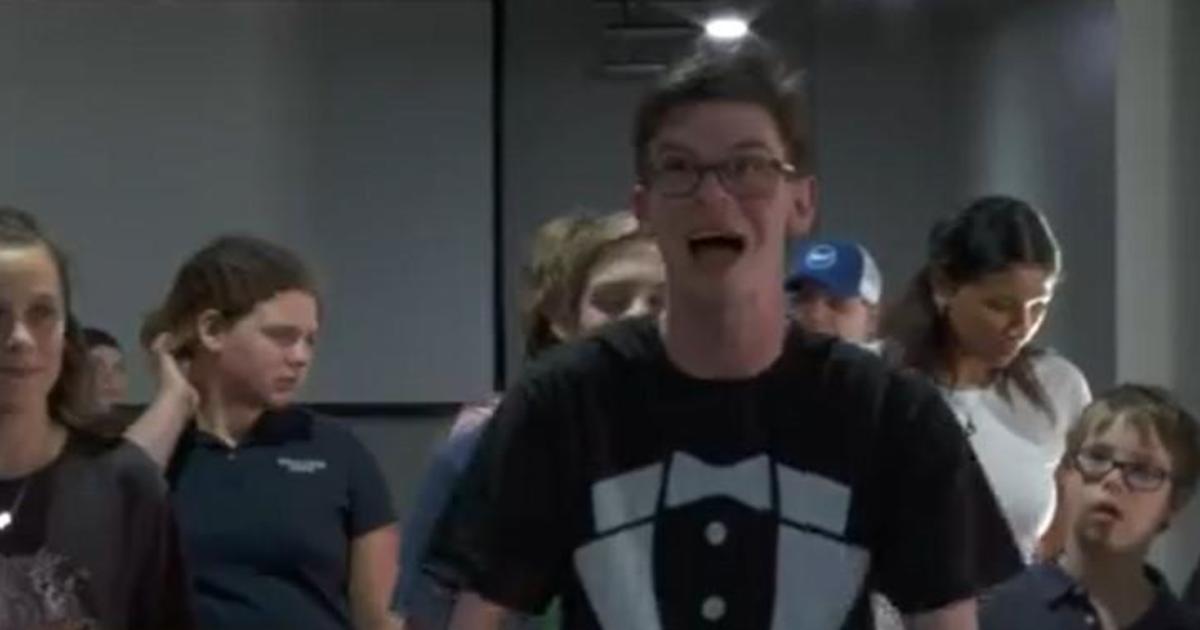New Satellites Track Tornadoes As They Develop
GREENBELT, Md. (WJZ) -- Warmer weather than usual has already triggered a few early tornadoes, and more are likely to hit this spring.
Alex DeMetrick reports you can't fight them, but a new way to track tornadoes is coming.
Tornadoes look terrifying enough from a distance, but as they close in, so does the window of opportunity to survive. Anything strong enough to toss a school bus is more than enough to kill.
"They're moving targets. They're rapidly developing targets," said Dr. Kathryn Sullivan.
Sullivan is the chief scientist for NOAA, which along with NASA's Goddard Space Flight Center in Maryland, is building new satellites to track tornadoes as they develop.
"The important thing is to spot the clouds developing in the way to become supercells, and focusing more tightly on those supercells," said Sullivan.
Parked in orbit above the Western Hemisphere, the satellite can zoom onto the top of those supercells, providing a fresh image every five seconds.
Currently...
"The best minds in the world can't tell you which thunderstorms are going to create tornadoes," said Tim Samaras, tornado researcher.
Samaras has spent 30 years chasing the storms, trying to plant scientific instruments in their path.
"This is going to give guys like me in the field trying to understand tornadoes, a heads up on exactly when and where these thunderstorms are going to initiate," said Samaras.
Since there's no stopping tornadoes, spotting them early is not just the best defense...it's the only defense.
"Giving people on the ground the lead time to get out of the way. Really speeding the kind of action that can save your life," said Sullivan.
Those new satellites are currently being built here in Maryland. They launch in 2015.



